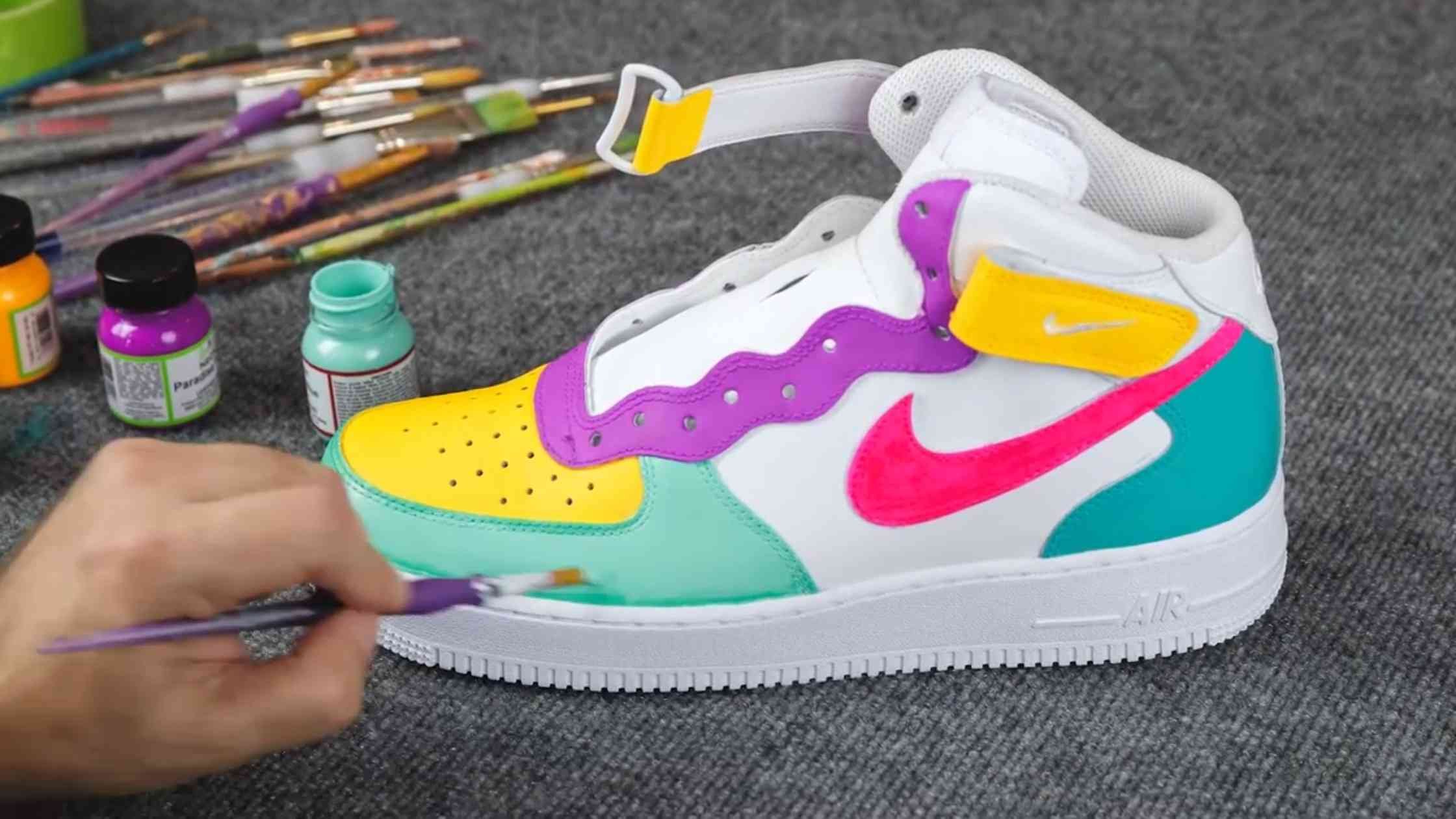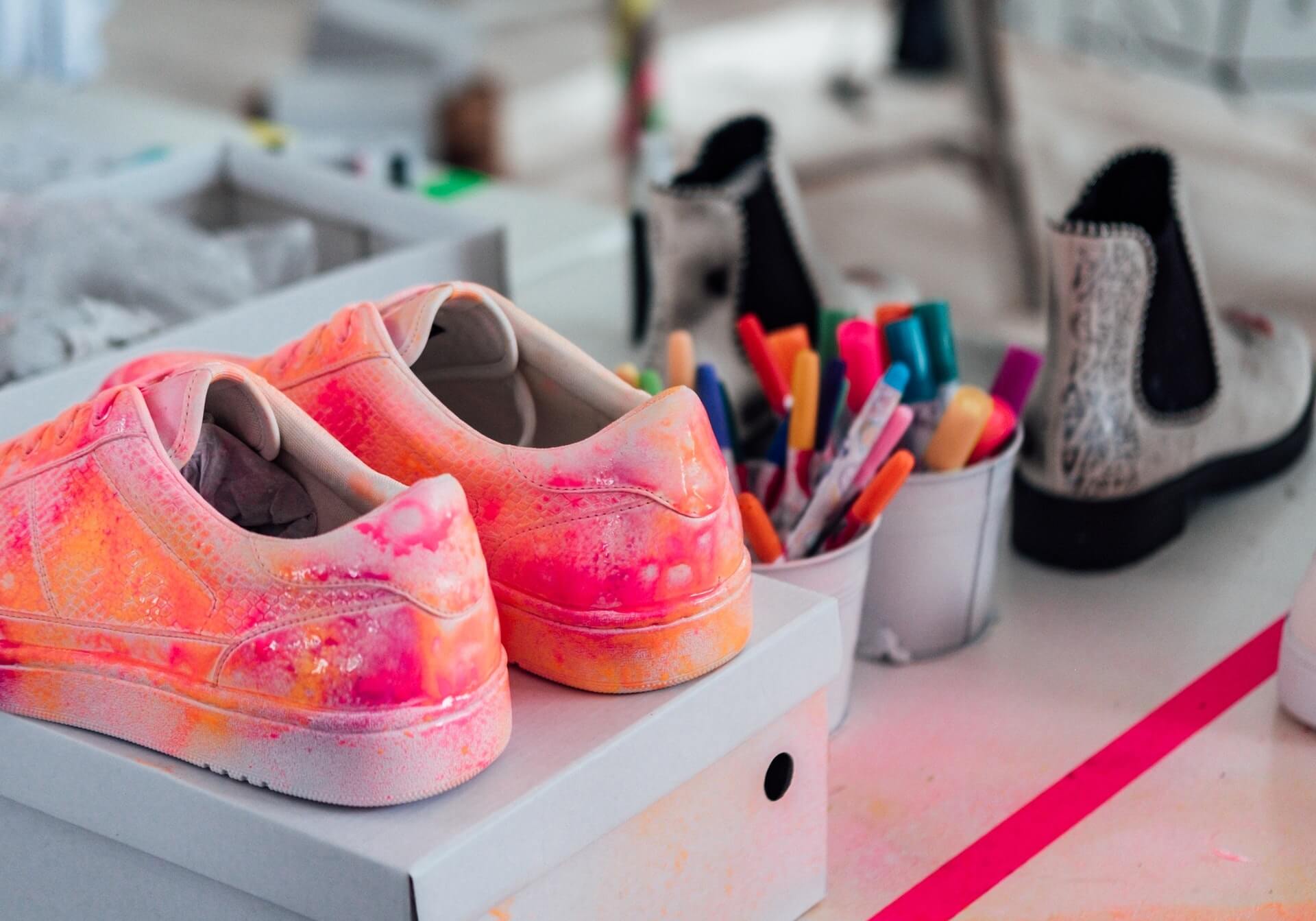Are you sitting on a pair of shoes that just don’t feel like you anymore? Perhaps they’ve scuffed up or you want to give them a fresh new look? Painting your shoes can transform them from drab to fab! In this comprehensive guide, we’ll dive into the best techniques for painting shoes, tips for perfect application, product recommendations, and much more. Let’s step into the colorful world of customized footwear.
Why Paint Your Shoes?
Painting your shoes is more than just a fun DIY project; it can breathe life into old footwear or help you express your unique style. You might be a college student looking to rejuvenate a pair of sneakers, a fashion enthusiast aiming for a bespoke look, or a business owner wanting to showcase brand identity through footwear. The possibilities are endless.
Real-World Footwear Experiences
Take the case of Laura, a college junior who inherited a pair of brightly colored canvas shoes from her grandmother. Rather than letting them gather dust, she decided to transform them using paint. With some fabric paint, a little creativity, and a lot of patience, Laura designed a floral pattern that received compliments every time she wore them to class. Or consider Mike, a sneaker collector who loves to make his shoes stand out. He experimented with several painting techniques and found airbrushing to be the most effective for achieving intricate designs.
Basic Steps to Paint Shoes
Step 1: Gather Your Materials
Before you start, it’s crucial to have all the necessary supplies on hand. Here’s what you will need:
- Cleaning supplies (like soap and water)
- Painter’s tape
- Fabric or acrylic paint
- Pens or brushes, depending on your technique
- Sealant (optional, but recommended)

Step 2: Clean Your Shoes
Cleaning your shoes is vital to ensure that the paint adheres well. Start by removing any dirt or debris; a damp cloth can do wonders. If the shoes are particularly dirty, a gentle soap solution can be used. Allow them to dry completely before proceeding.
Step 3: Taping Off Areas
Using painter’s tape, carefully tape off any sections you don’t want to paint, such as soles or logos. This will give you clean lines and prevent paint from getting where it shouldn’t.

Step 4: Painting Techniques
Now comes the fun part! Depending on your artistic flair, you can use various methods like:
- Brush Painting: Ideal for beginners, this method allows for detailed work.
- Spray Painting: Offers an even coat but requires a well-ventilated area.
- Airbrushing: Great for professional-looking designs, though it demands practice.
Product Highlights
Choosing the right paint is crucial for your shoe painting project. Here are some top product recommendations:

| Product | Type | Best For | Pros | Cons |
|---|---|---|---|---|
| Acrylic Leather Paint | Acrylic | Leather shoes | Durable, flexible | Requires sealing |
| Fabric Paint | Fabric | Canvas shoes | Machine washable | Less durable than acrylic |
| Pouring Paints | Pour | Creative designs | Unique patterns | Messy application |
Tips for a Successful Shoe Painting Project
To ensure your painting endeavor goes smoothly, consider the following tips:
- Test First: Always test your paint on a scrap piece of similar material first to see how the color and texture come out.
- Layering: Apply several thin layers instead of one thick coat to avoid drips and uneven surfaces.
- Sealing: After your design is complete, consider sealing it with a clear acrylic sealant for longevity.

Pros and Cons of Painting Shoes
Like any creative project, painting shoes has its advantages and disadvantages:
| Pros | Cons |
|---|---|
| Allows for creative expression | Can be time-consuming |
| Can rejuvenate old shoes | Requires practice for better results |
| Cost-effective compared to buying new | Risk of damaging the shoe if not done correctly |
Frequently Asked Questions (FAQs)

1. Can I use regular paint on shoes?
Using regular paint is not recommended, as it may crack or peel off. Opt for specially designed paints for shoes like fabric or acrylic paints.
2. How long does painted shoes last?
The longevity of your painted shoes depends on the type of paint used and the level of wear and tear. With proper care, they can last for several months or even years.

3. Do I need to seal the paint after I finish?
While not mandatory, sealing the paint can protect it from wear, tear, and moisture, ultimately extending the life of your artwork.
4. Can I wash my painted shoes?
Hand washing is recommended. Avoid soaking them or machine washing, as this can damage the paint.

5. What is the best paint for leather shoes?
Acrylic leather paint is ideal for leather shoes as it adheres well and offers durability.
6. Can I paint over existing designs or logos?
Yes, you can paint over existing designs, but it’s advisable to use a primer for better adhesion.

7. How do I remove paint from shoes if I make a mistake?
Using rubbing alcohol on a cotton pad can help remove wet paint. For dried paint, you may need to use a mild paint thinner. Always test in a small area first.
8. What if my shoes are made of plastic or rubber?
For plastic or rubber shoes, opt for a paint specifically designed for those materials for the best results.
9. Is it worth painting shoes myself instead of hiring a professional?
Painting shoes yourself can be fulfilling and cost-effective. While professionals can achieve stunning results, DIY allows for unique artistic expression.
10. Do I need any special skills to paint shoes?
Basic painting skills are helpful but not necessary. Plenty of tutorials and resources can guide you through the process step-by-step.
11. Are there specific brands of paint that you recommend?
Some reputable brands include Angelus for leather paints and Tulip for fabric paints. Both offer a variety of colors and finishes.
Conclusion
Painting shoes is not just a trend; it’s a stylish way to express your individuality while breathing new life into your footwear. With the right materials, some creativity, and a sprinkle of patience, you can transform even the simplest of shoes into a statement piece. Whether you’re a DIY novice or a seasoned pro, the world of shoe customization is at your fingertips. So grab your materials and start painting your way to a more colorful wardrobe today!